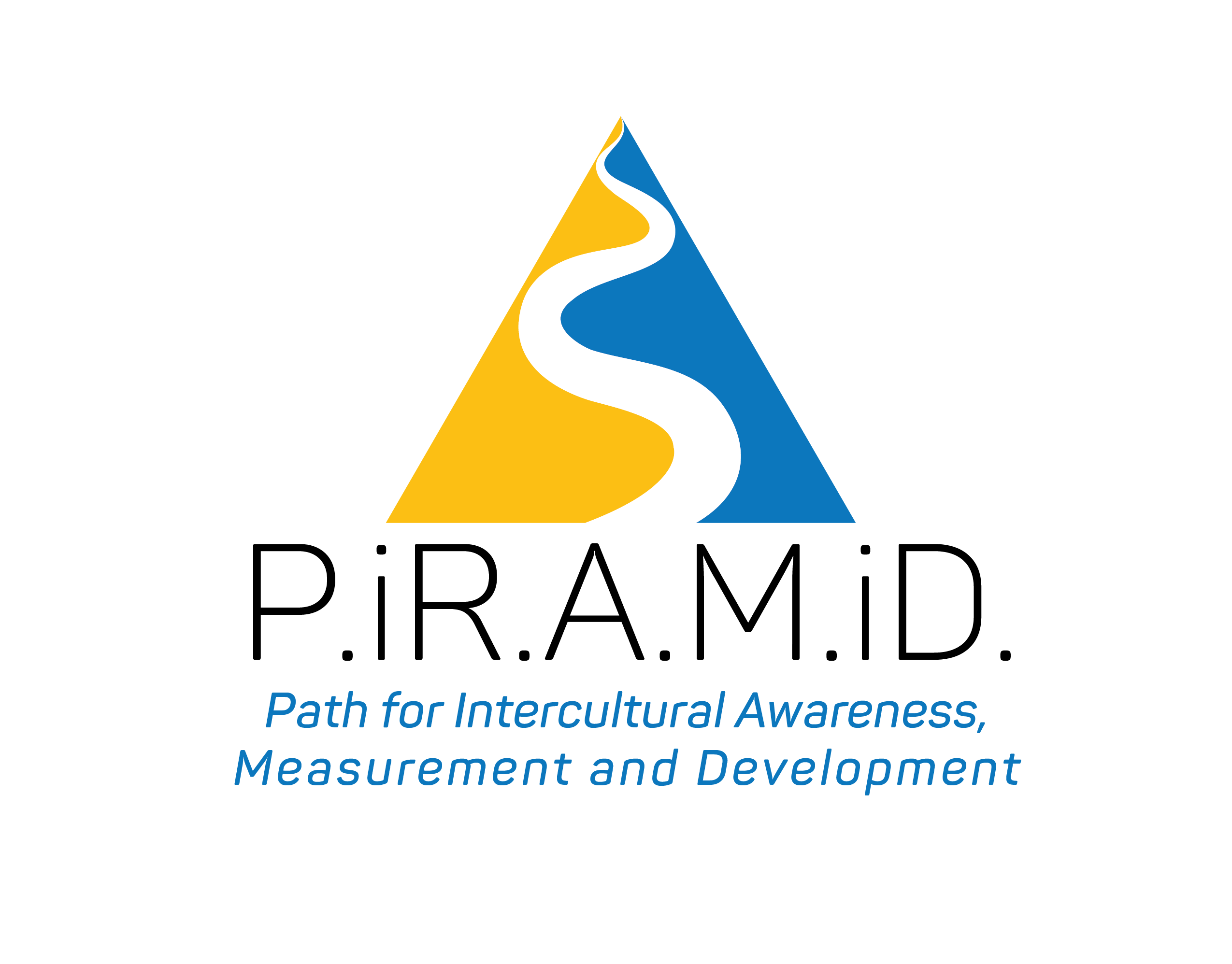This website use cookies to ensure you get the best experience on our website

P.IR.A.M.iD
2023-1-ES01-KA220-VET-000157060
Unlocking the Italian Cultural Code: Practical Insights for Effective Engagement from PYRAMID MODEL of Richard D. Lewis
08 May 2024

Understanding the Italian way of life goes beyond pasta and piazzas; it delves into a rich set of social norms, communication styles, and values deeply embedded in the Pyramid model of Richard D. Lewis. Whether you're a student, teacher, or tourism professional, appreciating these cultural nuances can significantly enhance your interactions with Italians!
1. Teachers:
For teachers engaging with Italian students or teaching in Italy, understanding the Italian approach to communication and relationship-building is important. Italians are more likely to prioritize personal connections and warmth in their interactions. In the classroom, teachers should encourage open discussions and group activities that allow students to express themselves freely. Embrace the Italian preference for expressive communication by incorporating animated discussions into lessons. Be mindful of non-verbal cues; Italians often use gestures and facial expressions to convey emotions and opinions, which can enrich classroom dynamics. Additionally, demonstrate empathy and cultural sensitivity by engaging with students on a personal level, showing genuine interest in their lives and experiences.
2. Students:
Students studying in Italy or interacting with Italian classmates will benefit from embracing the Italian welcoming and attitude to make you feel at home.. In group projects or collaborative activities, prioritize teamwork and consensus-building. Embrace the Italian communication style, characterized by expressiveness, by actively participating in discussions and engaging with classmates on a personal level. Show respect for Italian customs and traditions, such as greeting with a kiss on the cheek, immerse yourself in the Italian language and customs, as language proficiency and cultural sensitivity are highly valued.
3. Tourism Professionals:
Tourism professionals should adjust their services to meet the Italian preferences and expectations. Recognize that Italians value personalized experiences and authentic interactions. Offer personalized recommendations and insider tips that cater to their interests, whether it's exploring hidden gems or indulging in culinary delights. Emphasize the cultural richness of destinations and highlight connections to Italy's history and heritage. When communicating with Italian tourists, use a warm and friendly tone, and be patient as they may appreciate a more relaxed pace. Above all, demonstrate respect for their customs and traditions, ensuring a memorable and enjoyable travel experience.
GENERAL TIPS:
- prepare to adapt to a more relaxed approach to schedules, encourage punctuality by suggesting arriving 15 minutes earlier than planned;
- establish clear expectations and rules, deadlines, etc;
- prioritize relationship building through social interactions and team activities.
References: Richard D. Lewis's Pyramid Model of Cultural Differences

This project has been funded with support from the European Commission.
This publication reflects the views only of the authors, and the Commission cannot be held responsible for any use which may be made of the information contained therein.
